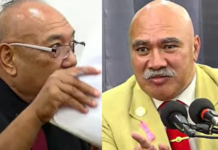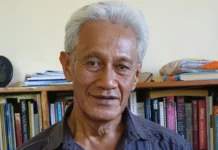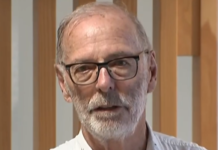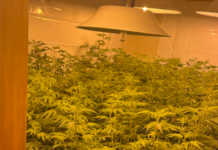‘Oku taupotu ‘i lalo ha fakamatala fakaTonga
Sir Ashley Bloomfield said the worst of the Covid-19 pandemic appeared to be over – three years on today from Aotearoa’s first lockdown.
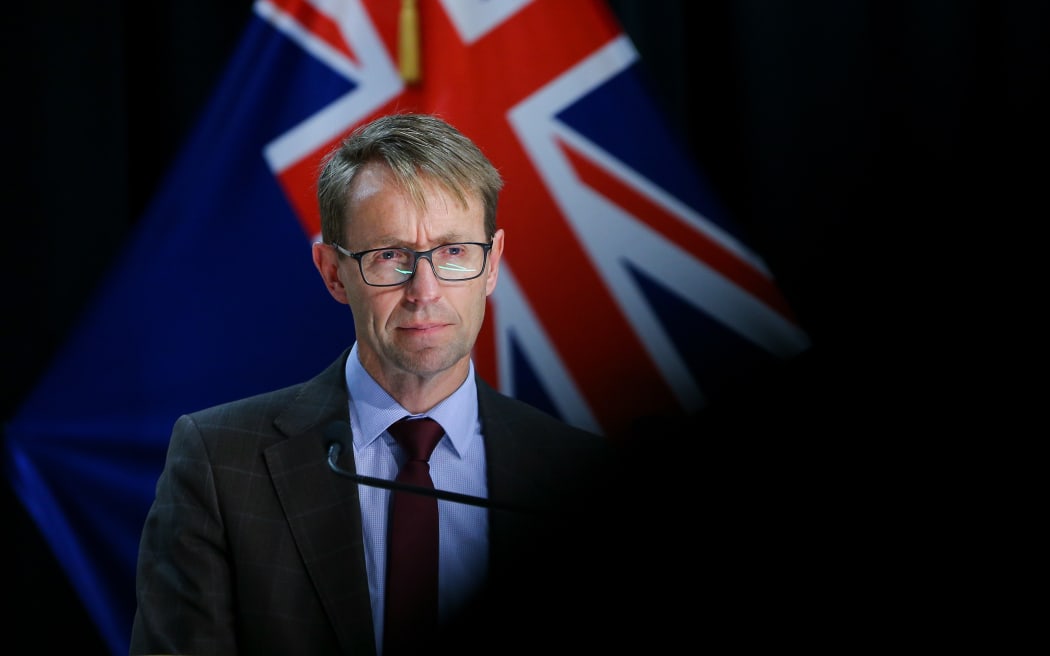
But he said lockdowns “may have a place” still in the future.
More than 2,250,000 people have been infected with the virus here, despite New Zealand stopping most community transmission in 2020 and 2021.
The former director-general of health – who is now a population health professor at the University of Auckland – told RNZ on reflection: “It’s clear, we’re past the worst of the pandemic, it feels like we’re out the other side, and that’s the sense I have both in Aotearoa New Zealand, but also internationally.”
He said it had been “a pretty bumpy journey” but recent travel overseas had shown him: “Everyone’s sort of life’s getting almost back to completely normal. So that’s a good thing.”
Sir Ashley said he was greatly satisfied that three years on from the first lockdown, Aotearoa still had negative excess mortality.
This metric predicts the number of expected deaths every year in a country, and compares it to current totals.
“What we found in Aotearoa – in 2020, 2021 – we had less deaths than you would have predicted based on the previous years. And whilst once the Omicron variant came along, yes, we did see Covid-related deaths, the numbers have climbed. Still, if you look over those three years, cumulatively, we’re still not back at the level, the number, you would have expected.
“That is unique, virtually unique around the world,” he said.
“Lockdowns were an important tool in the overall response and not one we had anticipated using, but one now that we do have experience with and know that if we are in a similar situation in the future, with that same degree of uncertainty, while we understand the virus better – and while a vaccine has been developed – it is a tool that we can deploy,” Sir Ashley said.
“It’s hard to know what the likelihood of future lockdown is … lockdowns may have a place.
“It is dependent on the nature of the virus and of course, the speed with which we act.”
The former director-general also said he was proud of the collective efforts New Zealanders had made as well as compliance.
“Some people say ‘oh Kiwis are just kind of more compliant and more likely to do what the government asks them than other countries’. Well, actually, I don’t think so. That’s not my experience in everyday life.
“But I think what was effective about our first lockdown, especially, but even subsequently, of course [is], you cannot police a lockdown – it requires the vast majority of people to understand and own and act on the request.”
He has had uplifting feedback from overseas health leaders – but does not take credit for how New Zealanders worked collectively upon request.
“Dr Mike Ryan, he’s from Ireland originally, he’s been involved in health emergency response for many years … And he said, ‘Look, I’m not just saying it because you’re here [at the World Health Assembly] Ashley, but we in WHO do think of New Zealand’s response as one of the best in the world and really setting an example for other countries.”
Sir Ashley has also welcomed the Royal Commission of Inquiry into Aotearoa’s pandemic response.
“I am also really pleased that we are having a Royal Commission because that gives us a chance to really have a look and see – not a ‘Spanish Inquisition’ about every single decision – but actually what do we need to do to be even better prepared for the next time.”
The Royal Commission of Inquiry is expected to be completed in June 2024.
FAKAMATALA FAKATONGA
Kuo fakaha ‘e Sir Ashley Bloomfield ko e kovi taha ‘o e Koviti kuo ngali mavahe ia ta’u ‘eni ‘e tolu mei he loka ‘a ‘Aotealoa.
Ka ne ne pehē ‘e kei lava pe ke kei ‘i he kaha’u pe ‘a e vailasi ni.
Ko e toko 2,250,000 ‘a e kakai kuo pihia ‘i he vailasi heni neongo hono ta’ofi ‘e Nu’u Sila ‘a ‘ene mafola ‘i he kominitii’ ‘i he 2020 ki he 2021.
Na’e fakahā ‘e he talēkita ki mu’a ko eni ‘a e Potungaue Mo’ui ki he RNZ kuo mahino ia kuo tau paasi mei he kovi taha ‘o e Koviti’.
Na’a ne pehe ko e fononga ne ‘ikai haohaoa ka ‘i he ngaahi folau ki mui ki mui ni mai ne ha kiate ia ‘i he’ene vakai ngali kuo foki a e mo’ui ‘a e kakai ‘o nomolo.
Na’a ne pehe ‘oku kei fakafiemali pe ‘a e tu’unga ‘o e lahi ‘o e kau mate ‘i ‘Aotealo.
‘Oku vavalo’i ‘e he Koviti ko eni ko e lahi ‘o e kau mate ‘i he ta’u taki taha pea fakahoa ia ki he tokolahi lolotonga’.
Ko e me’a kuo tau ‘ilo ‘i Aotealoa i he 2020 , 2021 ne si’i ange ‘a e mate ‘i he me’a ne tau fakakaukau ki ai ‘i he ngaahi ta’u ki mu’a’. Pea ne hu mai ‘a e ‘Omikoloni io mahino pe ne kaka ‘a e mate ka ‘i he fakahoa ki he ngaahi ta’u ki mu’a ‘oku ‘ikai toe foki ia ki he fika ko ia’.
Pea ‘oku makehe ia pea mei makehe ‘i ha toe fonua ‘i mamani.
Oku mahu’inga ‘a e loka’i ‘i hono talia ‘a e faingata’a pea ne ‘ikai ke tau anga ha me’a pehe ka kuo tau taukei ‘eni ‘i hono ngaueaki ka toe hoko mai ha me’a pehe ‘i he kaha’u.
Oku faingata’a ke ‘ilo pe ‘e he fefe ha toe loka’i ‘i he kaha’u.
Ka ‘e fakafalala pe ‘i he natula ‘o e vailasi’.
Na’e polepole ‘a e Talekita ki mu’a ni ‘i he ngaue fakataha ‘a Nu’u Sila mo talangofua’.

